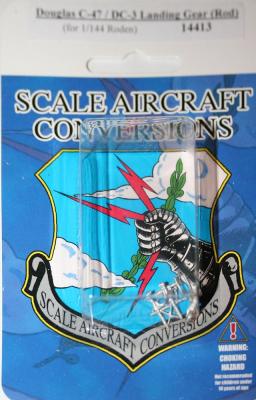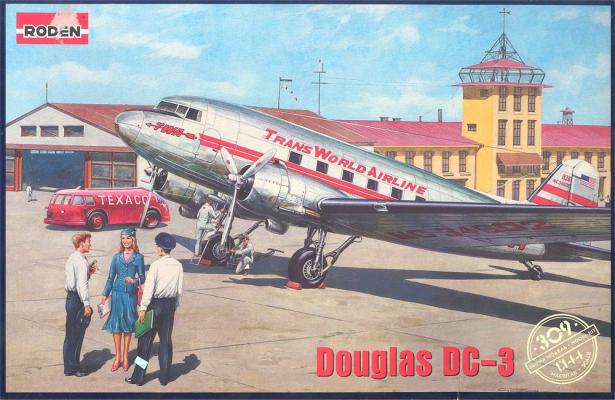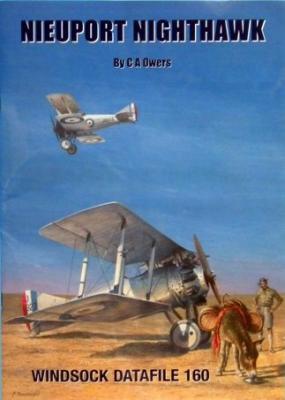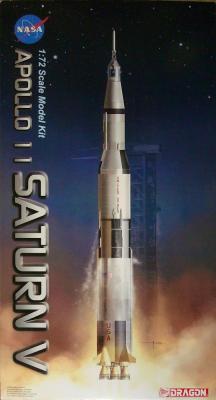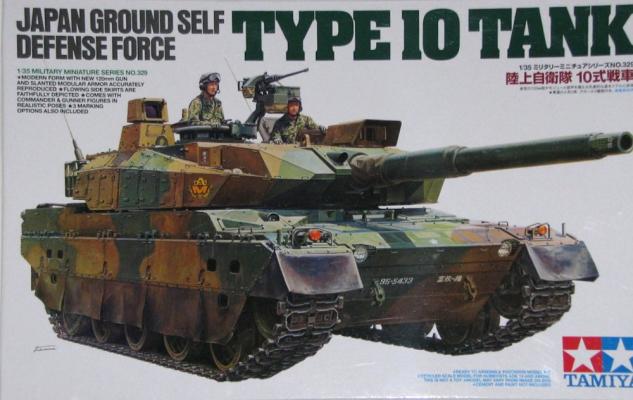The Aircraft
The DC-3/C-47/Li-2/L2D1 (Tabby) were built in considerable numbers; the aircraft type has stayed around a LONG time, and they’ve been everywhere. The first DC-3 was built in 1935 as the Douglas Sleeper Transport, and there are a number of them still flying.
A C-47 is the first aircraft I ever got airsick in, in 1968 on our way to Gulfport, Mississippi.
The Scale Aircraft Conversions set
The SAC set for the DC-3 consists of 5 parts, all in white metal. There are two main gear legs, which use the kit wheels, two retraction arms, and a tailwheel assembly. These parts exactly match the Roden parts.
Painting
A little detail painting to get the oleos brighter is all this needs. The DC-3 used metal gear legs, and the SAC parts look great.











